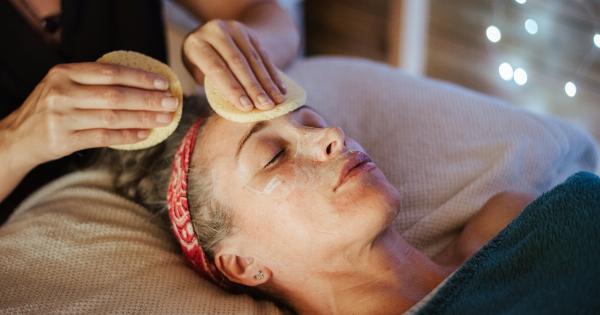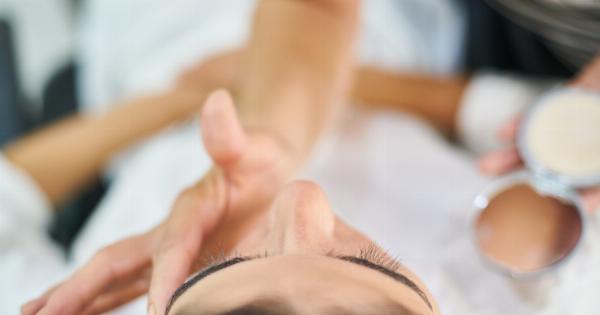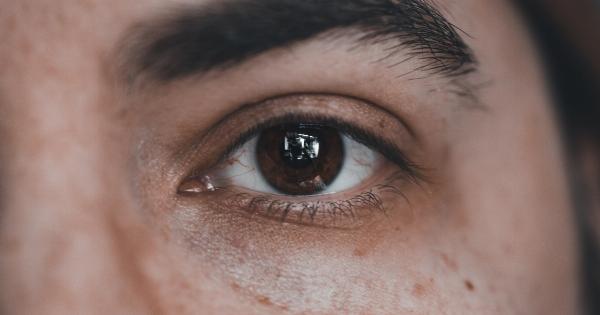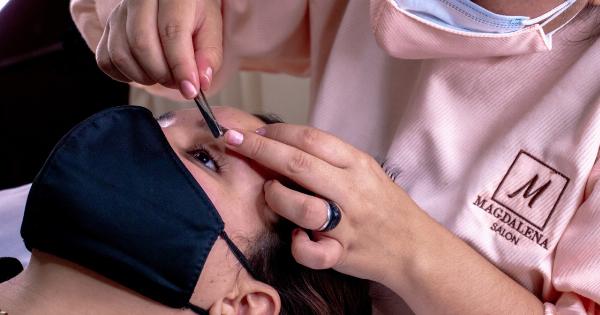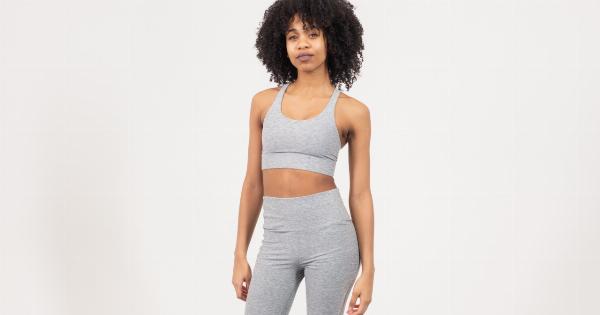Having well-groomed eyebrows is an essential part of many people’s beauty routine. However, the pain associated with removing eyebrows, especially if done improperly, can be quite daunting.
In this article, we will provide you with effective tips and techniques to remove your eyebrows without feeling the pain. Say goodbye to plucking-induced tears and hello to painless eyebrow maintenance!.
1. Prepare Your Tools
Before you start removing your eyebrows, it is crucial to have the right tools at hand. You will need a pair of sharp eyebrow scissors, a spoolie brush, a clean towel, and a magnifying mirror if necessary.
Keeping these tools clean and organized will help you achieve precise and pain-free results.
2. Trim Before Tweezing
Trimming your eyebrows before tweezing can significantly reduce discomfort during the process. Using your spoolie brush, comb your brows upward, and trim any long or unruly hairs that extend beyond your desired shape.
This step will make tweezing less painful by minimizing the number of hairs you need to remove.
3. Opt for Warm Compress
Prior to tweezing, applying a warm compress to your eyebrows can help open up the hair follicles and make the removal process easier. Dip a clean towel in warm water and gently press it against your eyebrows for a couple of minutes.
This technique will reduce pain and allow for smoother hair removal.
4. Numb the Area
If you have a particularly low pain threshold or are sensitive to eyebrow tweezing, numbing creams or gels can provide temporary relief. Apply a small amount of numbing product to your eyebrows, following the instructions provided.
Be cautious not to get the product into your eyes, and always perform a patch test before using it on larger areas of skin.
5. Choose the Right Tweezers
The type of tweezers you use can make a significant difference in pain levels. Opt for a pair of slanted tweezers with a sharp tip for precise and less painful eyebrow hair removal.
The sharpness will allow you to grip individual hairs firmly and pull them out swiftly, minimizing discomfort.
6. Tweeze in the Right Direction
To minimize pain while tweezing, it is important to pull the hair out in the same direction as its growth. Grab a hair with your tweezers as close to the root as possible, then pull it out smoothly and swiftly in the direction the hair is growing.
This method reduces the likelihood of hairs breaking or causing unnecessary pain.
7. Take Breaks
If you’re experiencing discomfort or pain during the process, don’t hesitate to take short breaks. Give your skin a breather, stretch your fingers, and relax for a moment.
By doing so, you can reset your pain tolerance and continue removing your eyebrows more comfortably.
8. Apply Aloe Vera Gel
After you’ve finished removing your eyebrows, soothe your skin by applying aloe vera gel. Aloe vera has natural anti-inflammatory properties that can help reduce redness and tenderness.
Gently massage a small amount of gel onto the freshly tweezed area to provide relief and promote healing.
9. Avoid Tweezing Before Your Period
It is advisable to avoid tweezing or threading your eyebrows a few days before your menstrual cycle. During this time, your pain tolerance might be lower, making the process more uncomfortable than usual.
Wait until your cycle is over to ensure a less painful and more enjoyable experience.
10. Consider Professional Help
If you continuously experience excessive pain or have difficulty shaping your eyebrows, seeking professional help might be the best option.
Professional aestheticians or eyebrow specialists can ensure a pain-free experience and expertly shape your brows according to your facial features.

